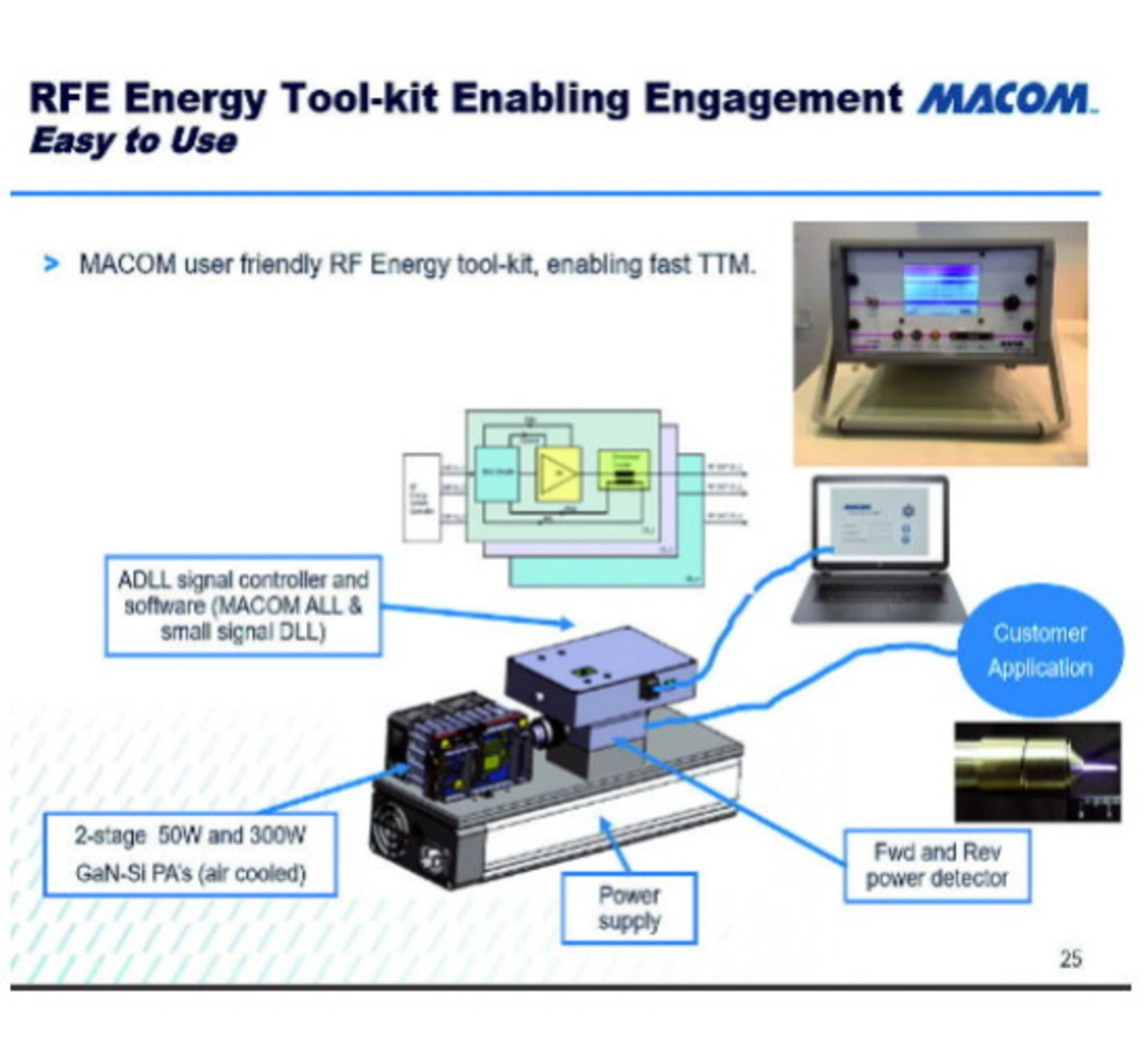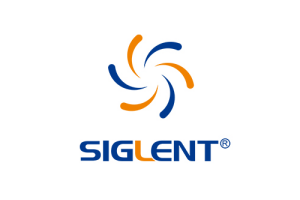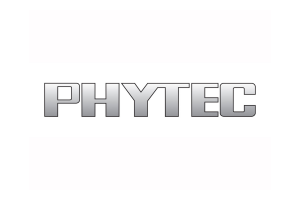Generating solid-state RF
RF energy — the silent revolution
Fortsetzung des Artikels von Teil 2
Drying processes

Huber+Suhner has thus devised board-to-cavity systems matched directly to the particular units. The connector is integrated in and becomes part of the package, which is highly suitable for microwave ovens for instance. It would be even better if you could save on coaxial cables. One possibility is integration of the antenna on the circuit board. But then the amplifier can no longer be placed at random. A solution to replace coaxial cables would be dielectric waveguides — a major advantage because these plus subsystem including heatsink would be really cost-attractive in manufacture. “Overall it would be of great advantage to replace traditional coax cables”, concludes Grubinger.
The RFEA identified microwave ovens as a highly promising market for the introduction of solid-state RF energy. The first units aimed at the high-end segment are already on the market. To start with, the new systems can field their major benefits — energy-efficient, little maintenance, robust, long-lived — primarily on the market for professional microwave opens running day and night. The potential numbers are enticing: some 70 million microwave ovens are produced annually worldwide.
A further and very interesting market: in many areas of wholly different industries there is a demand for heating and drying processes that in part already use microwaves — but generated by magnetrons. The capability currently installed is estimated to be around 100 MW; in the USA and Europe alone about 11 million driers are sold each year. But because magnetrons cannot be regulated, they have to work continuously at high power and then need extensive cooling. That is as if an automobile engine is set to run permanently at full speed, and the driver regulates the speed by the brake — a very ineffective and expensive process.
Drying processes
Richardson Electronics, a manufacturer of tubes, has set store by RF energy technology for a number of years already. John Mastela of Richardson does not want to do away with magnetrons, but usher in new markets with the new technology. Systems are modular and configurable, something unimaginable based on magnetrons. If a user has worked a 6-kW system to date for instance, although a 4-kW system would have sufficed, the modular approach of the solid-state RF technology now enables them to configure exactly the system they need — without financial and energy overheads. And if one module should fail, the others continue to operate. That way redundancy can be built in for especially failsafe systems.
While magnetrons have a life expectancy of 6,000 to 8,000 hours (meaning only up to one year in constant operation), LDMOS transistors can boast 100,000 to 1 million hours (11 to 100 years). Fricke & Mallah is also occupied with RF energy for use in drying processes. Managing director Marcell Mallah is convinced that RF energy will make its way in this sector “for use in sensitive areas and for variable loads.” Solid-state RF energy promises substantial improvements. Not surprising therefore that Dr Klaus Werner has recently registered enormous interest from this sector. Interesting applications result in plasma lighting, and generation of plasmas in general. Because plasmas with high energy density can be realized in a very small space.
That is of interest for use as spark plugs for example, and for medical applications such as plasma scalpels, with marked advantages over earlier metal scalpels and today’s laser scalpels. But large-area plasmas can also be generated, exhibiting a low temperature. To date this was practically impossible: high energy also meant high temperature. Now the trick succeeds — in using high frequencies. In this way only the lightweight electrons move, the heavy and inert ions hardly at all, so the temperature remains low. Such plasmas can now be used for the surface treatment of synthetics, and other temperature-sensitive materials, making the overall processes faster and less costly.
- RF energy — the silent revolution
- GaN and LDMOS transistors
- Drying processes
- Plasma scalpel — RF energy technology for medicine









